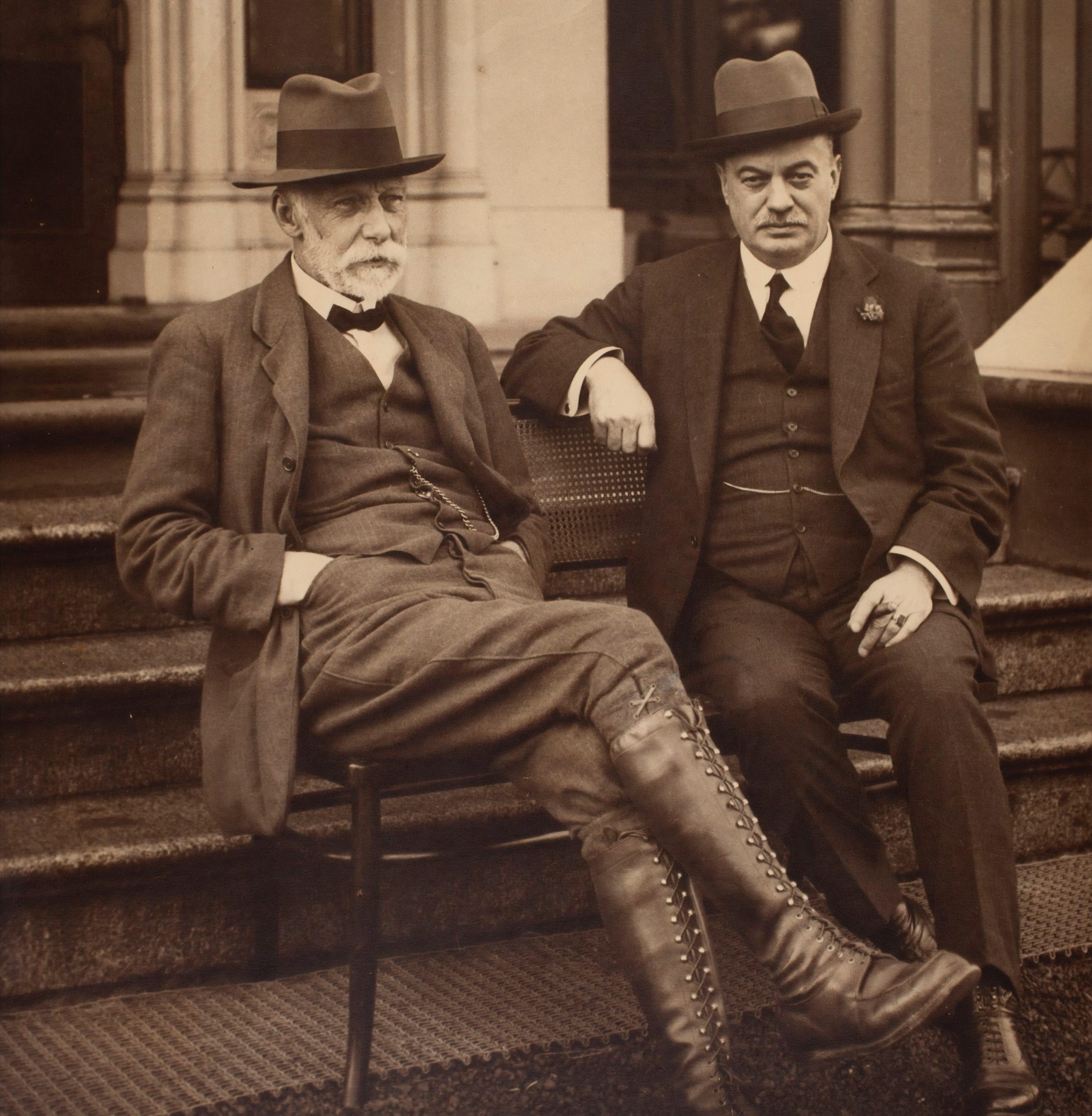HOW HAVE SUITS CHANGED OVER THE YEARS?

What Is A Suit Exactly?
The French verb suivant, which meaning “to follow,” is where the English word “suit” originates. Stated differently, the jacket comes first or the trousers come first. Hence, a suit consists of jacket and trousers made of the same material. Not only is the colour of the clothes the same, but so is the fabric’s makeup.
A well-made suit is a crucial part of what men should wear to formal events. A man should always wear a well-fitting suit, whether he is attending a wedding, job interview, business meeting, or any other formal event. A suit usually consists of trousers, a necktie and a jacket that match. But over time, the classic suit has changed, and the suits you see now are not the same as those from the past.
The 1800s
Despite the fact that historians believe suits have been worn in the UK from the 17th century, the modern lounge suit did not emerge until the 19th century. The creator of the suit style was King George IV’s friend George Bryan “Beau” Brummel. This started the practise of European men dressing in well-tailored, expensive suits and neckties. Unlike the suits you typically see now, these suits were form-fitting and typically had a light-colored frock coat with non-matching light-colored pants.
The 20th century
The evolution of the suit started in the 20th century. Males were dressing in morning jackets with their suits instead of frock coats. A morning coat is a type of formal suit coat that may be identified by its back cutaway. The left and right sides of a morning coat’s cloth are separated from one another when viewed from the rear. Many men in the UK and abroad began wearing morning coats with their suits in place of the customary frock coats as a result of this distinctive and fashionable characteristic.
The Lounge Suit with Short Coat
More alterations to suits were made after the first World War. The growing demand and appeal of short jacket suits was one notable shift. Known by another name, the “short-coated lounge suit,” it rose to prominence in the 1920s and is still in style today.
The Evolution of Apparel
The modernization of suit styles started in the 1940s and 1950s. The suits that are offered and worn now are a result of a gradual evolution of the style. Men started donning single-breasted jackets, lapels shrank, and the coats’ straight silhouettes covered the waist. The scarcity of resources as a result of the involvement of numerous nations in World War II was one of the primary causes of these changes. As a result, they were being used to construct military uniforms and other products rather than textiles and resources to make suits.
The Contemporary Outfit
The materials used to create men’s suits have also changed over time, in addition to the suit’s style. The majority of suits were initially composed of linen, cotton, or other comparable fabrics. These materials are still used in the production and sale of suits, although the selection has increased. These days, tweed, linen, cotton, wool, corduroy, and velvet are popular suit materials.Furthermore, over time, suit hues have also evolved. Men’s suits come in an endless array of colours, with black being the most popular. Other colours include brown, grey, navy, white, and more.
Custom-fit, tailored attire that is made to measure
We at Bentex Suits Bespoke Tailoring are committed to preserving the suiting legacy. Our goal is to provide our clients with classic, well-tailored, made-to-measure suits that, with proper care, will last a lifetime.
